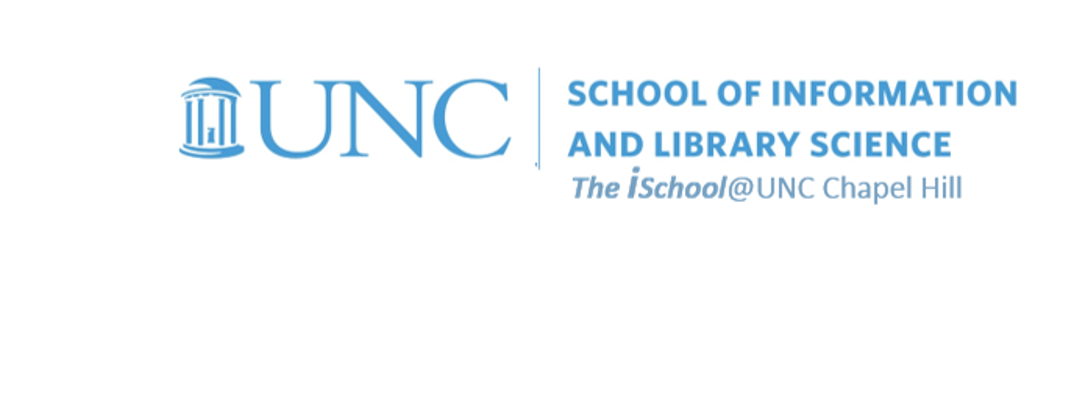
Tools for Information Literacy
Networks and Protocols
When we consider the network we use here, what are we talking about?
Clients and servers are connected by a variety of wires, cables, switches, and protocols.
We will look at our situation here and discuss the underlying model at work.
We'll start with an intro to the networking here in SILS then we'll look at a roadmap of the wires and boxes which connect us to the internet.
Campus Data Network
The UNC-Chapel Hill data network currently supports over 40,000 users with approximately 100,000 connected devices seen on a daily basis in over 300 buildings with a minimum of gigabit interconnectivity between buildings. The core routing architecture consists of a redundant infrastructure with 40 Gbps interswitch connectivity and multiple 10 Gbps links to redundant border routers. From the core router platform, dual 10 Gbps links feed distribution layer switches across campus.40 Maps that explain the internet
UNC-Chapel Hill connects to the statewide network, NCREN (North Carolina Research and Education Network), that provides connectivity to all schools in the UNC system, all K-12 schools in the state of North Carolina, many private colleges and universities, community colleges, state government, and the North Carolina TeleHealth Network (NCTN). Through NCREN, UNC-Chapel Hill connects via IPv4 and IPv6 to Internet2 for connectivity to other universities across the country and to CenturyLink, Level3, and AT&T for commodity Internet services. NCREN provides diverse 100G connections to Internet2 in both Charlotte and Research Triangle Park and diverse commodity Internet (10G each) to Level3, AT&T and CenturyLink (Charlotte, Research Triangle Park and Winston-Salem). NCREN also has a 20G commodity Internet connection in Charlotte to Zayo. In turn, UNC-Chapel Hill has multiple active 10G links to NCREN out of two different on-campus data centers with diverse paths.